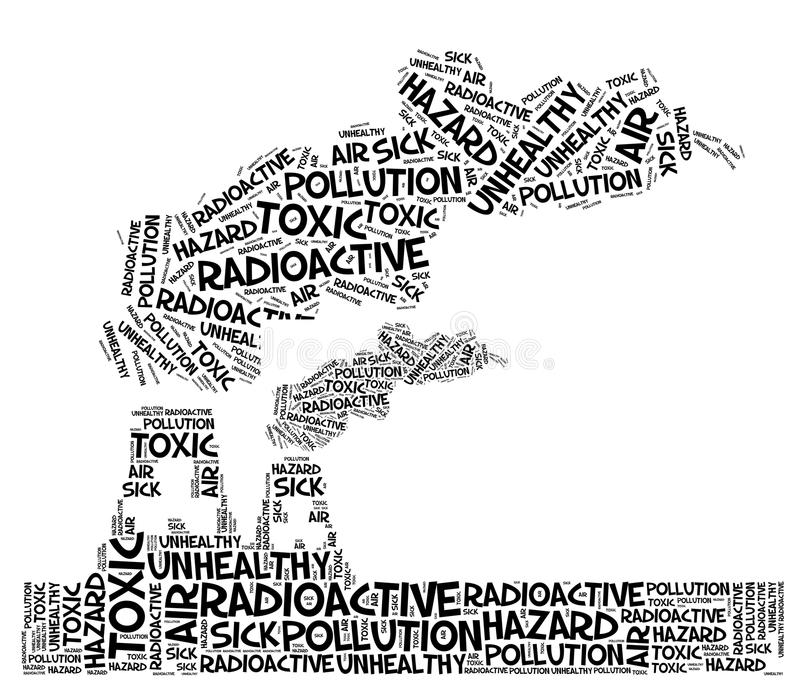
While most human beings breathe in polluted air, it is taking away a couple of years from our global collective life expectancy.
Air pollution affects every organ in our body. The contamination of the indoor or outdoor environment by any chemical, physical or biological agent modifies the natural characteristics of the atmosphere. Household combustion devices, motor vehicles, industrial facilities, and forest fires are common sources of air pollution.
Since the Clean Air Act was enacted in 1970, particulate pollution has declined by 64.2 percent—extending the life expectancy of an average American by 1.3 years. Despite this success, the latest scientific evidence on the impact of air pollution at even the low levels that exist in much of the United States reveals that 92.8 percent of the population are now considered to be living in areas with unsafe levels of pollution, according to the new World Health Organization (WHO) guideline of 5 μg/m³. That’s up from 7.6 percent under the previous WHO guideline of 10μg/m³. While there is potential for further progress, the health benefits of clean air in the United States are smaller than in many other parts of the world.
Particulate pollution remains high even while Covid-19 slowed the global economy. At the same time, mounting evidence on the health impacts of pollution at low levels led to new guidelines that brought most of the world into the unsafe zone.
During the first year of the Covid-19 pandemic, the world’s economy slowed. Yet, the global annual average particulate pollution (PM2.5) was largely unchanged from 2019 levels. At the same time, growing evidence shows air pollution—even when experienced at very low levels—hurts human health.
This recently led the World Health Organization (WHO) to revise its guideline for what it considers a safe level of exposure to particulate pollution, bringing most of the world—97.3 percent of the global population—into the unsafe zone. The AQLI finds that particulate air pollution takes 2.2 years off global average life expectancy, or a combined 17 billion life years, relative to a world that met the WHO guideline.
This impact on life expectancy is comparable to that of smoking, more than three times that of alcohol use and unsafe water, six times that of HIV/AIDS, and 89 times that of conflict and terrorism. https://aqli.epic.uchicago.edu/reports/